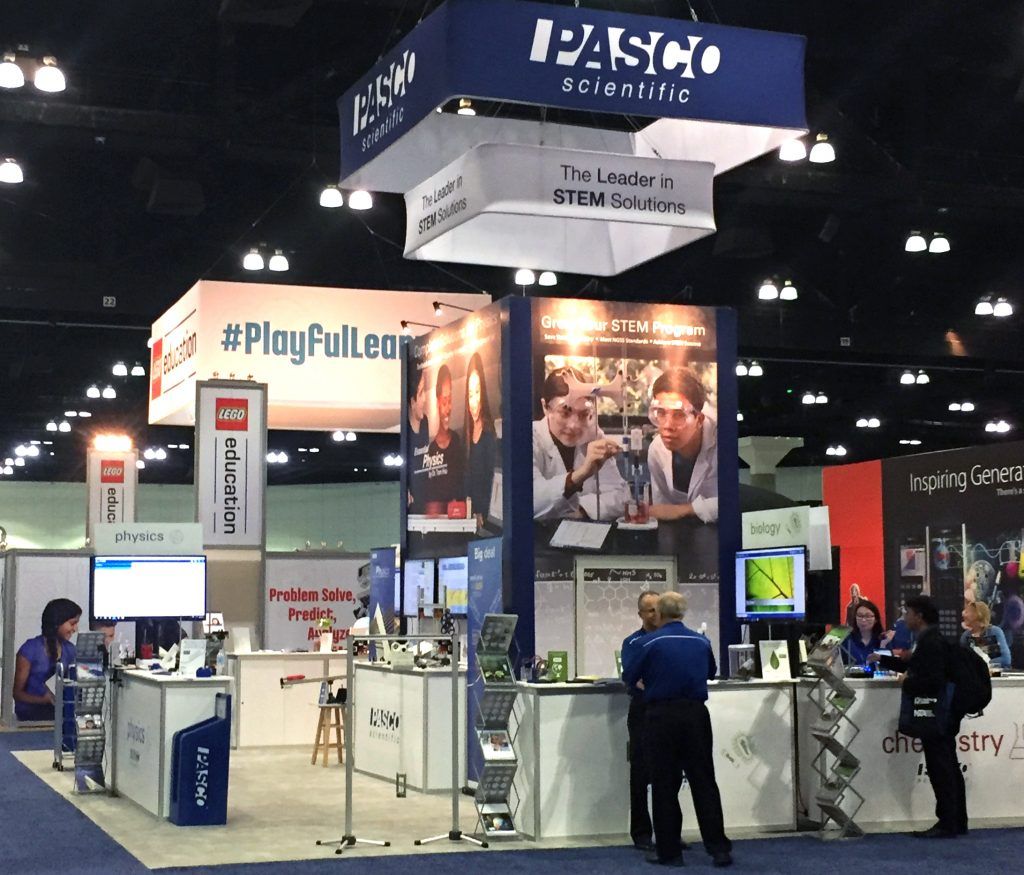Trick or titrate!
Your students may have outgrown getting dressed up to go trick-or-treating, but they haven’t yet outgrown the desire to collect and consume as much candy as possible. So what can you do to help them avoid a belly ache and put that candy to good use? Perform an experiment!
Coincidentally, National Chemistry Week is coming up just before Halloween, and the theme this year is “Chemistry Colors our World”. We’ve put together a fun activity that incorporates core chemistry concepts, Halloween candy, and colour to fit the festive season. Instead of tasting the rainbow, your students will get to titrate the rainbow as they determine the amount of citric acid in Skittles™.
Citric acid (H3C6H5O7) is one of the first ingredients in Skittles which means your students can perform a titration with a base (in this case NaOH) to find the amount of citric acid per Skittle using the following balanced equation:
3 NaOH (aq) + H3C6H5O7 (aq) → 3H2O (l) + Na3C6H5O7 (aq)
Now, it’s likely that your students will volunteer to do a taste test to determine the candy’s acidity level. Remember, the first rule of the lab is that we don’t eat things in the lab. But that doesn’t mean we can’t create a nice Skittles solution!

Our recipe calls for 10 yellow Skittles added to enough water to make a 50mL solution— stirred, not shaken (until the candy dissolves). This process should take about 10 minutes.
With most titrations, chemists know that it’s all ‘bout that base— and now it’s time to prep it. Provide your students with a stock solution of 0.2 M NaOH and have them prepare a 0.020 M NaOH solution for the experiment. It’s always good practice for them to prep their own solutions using the appropriate glassware!
Once the base is ready, they should rinse and fill a Drop Dispenser with the titrant. Then they need to prepare the Skittles sample in a beaker by adding a 10 mL aliquot of the Skittles solution, some water, a few drops of phenolphthalein, and a pH Probe.

The Skittles sample is still yellow from the dyes in the candy. Choose lighter colored Skittles for this step so the color change of the phenolthphalein indicator at equivalence will be obvious. Thymolphthalein will also work for some of the darker colored Skittles, and the pH data is like the pot of gold at the end of the rainbow and will show your students what their eyes might miss!
Now its time to titrate the treat. Start data collection and open the valve on the Drop Dispenser so that 1-2 drops of 0.02 M NaOH are added every second.

Notice the subtle streaks of pink in the solution as the reaction proceeds and the pH changes.

Students should record the volume when the pink is permanent and continue to titrate a few more milliliters of NaOH. Now they’ve created a great new Skittles color! More importantly, the data looks beautiful too.

Looking at the graph, the students can observe that the sharp change in the pH occurred when the indicator took on the permanent pink color.
NOTE: Even though citric acid is triprotic, there is only one noticeable equivalence point on the graph after all three of the ionizable hydrogens have reacted. This is because of overlapping buffer regions of the acids and their conjugates.
After the titration of the treat, it’s time for the tricky part— data analysis. Using the volume of NaOH at equivalence, the concentration of NaOH, and the balanced equation, the students can calculate the amount of citric acid in the 10 mL sample that was reacted. From here they can calculate the amount of citric acid in their original 10 Skittles sample and finally in each Skittle.
Now that they have the basic technique down, students can design their own experiment by coming up with a question that they could answer with a titration. For example, they could compare between different colours of Skittles, between Skittles and other candies containing citric acid, and between Skittles and lemon juice.
I hope your students enjoy this titration activity and get spooktacular results. Happy Halloween!






















